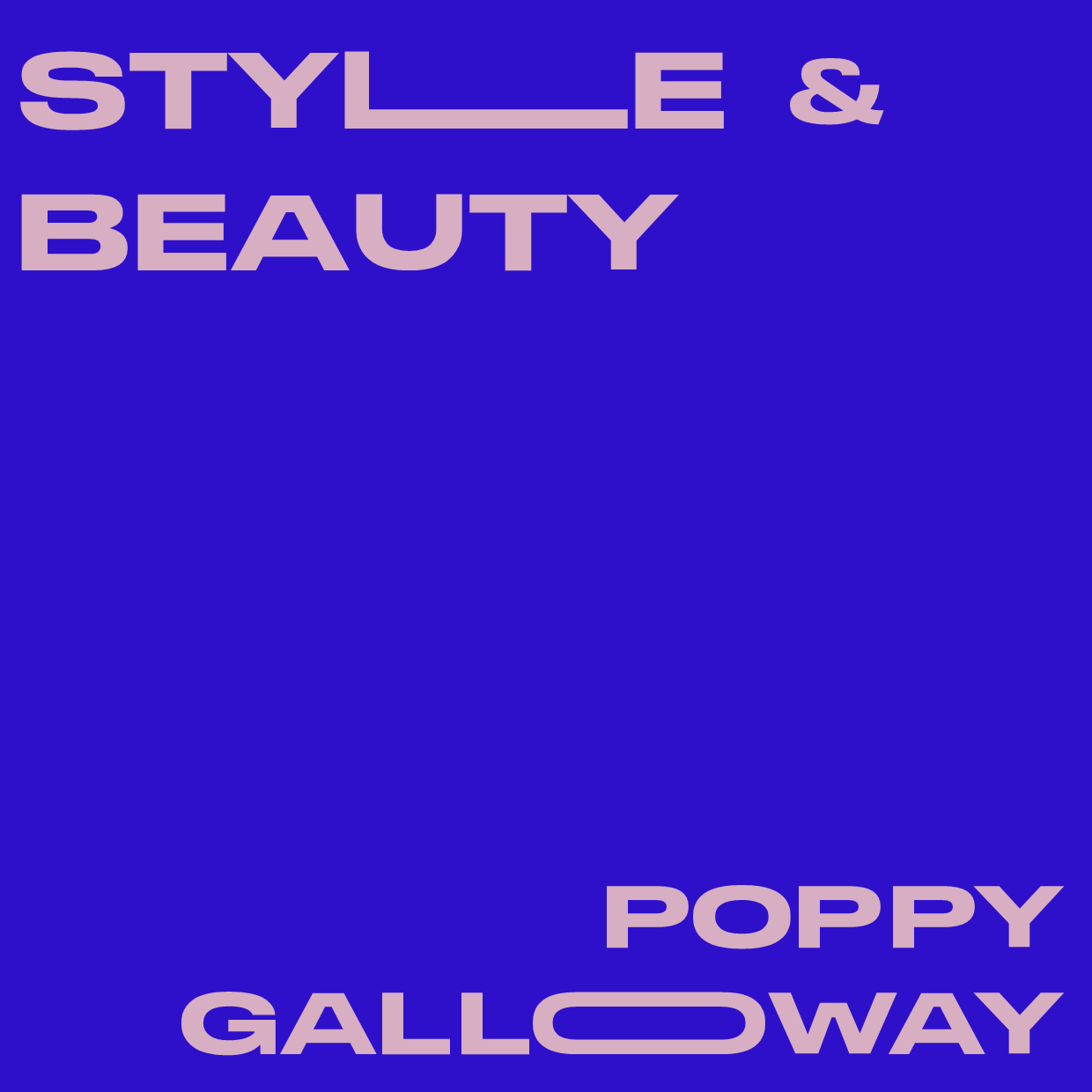Words: Poppy Galloway (She/Her)
Making a splash at Milan Fashion Week, Moschino’s Creative Director, Jeremy Scott, took socio-political messages in fashion to new levels of on-the-nose with the Moschino spring/summer collection. Inflatable hats, hemlines and peplums all floated down the runway. The collection was overwhelmingly colourful, sporting recurring motifs of red hearts, oversized bows, and insensitivity. In Scott’s words, it was an attempt to ‘save space for joy’ at a time when the implications of inflation and the cost of living are becoming potentially life-threatening. This attempt to make light of this crisis raises the question – is it fashion’s role to provide comic relief when the average person’s energy bill is the equivalent cost of a zebra print bag?
Given that Scott may have found the room a little hard to read from his ivory tower, one is inclined to give him the benefit of the doubt when it comes to SS23. However, this arguably insensitive collection is not Scott’s first controversy. His 2017 faux pas involving the slogan ‘just say MoschiNO’, and the display of medical prescription bottles as accessories has been viewed as a gross misinterpretation of an anti-drug message. Although Scott made a convincing case for this project stating, ‘fashion is the only drug [he does]’, his silence in the wake of the backlash tells an entirely different story. The lack of action in the face of criticism suggests Scott’s priorities lie more with exploiting a less fortunate demographic rather than amplifying their voices.
Scott isn’t the first to make an exhibition of people’s struggles. John Galliano proves this with his ‘homeless chic’ spin on Dior’s Spring 2000 couture runway, which featured distressed looks accessorised with safety pins, newspaper and empty whisky bottles. Galliano’s inspiration for the collection? The Parisian homeless population. It has been argued that Galliano’s projection of homelessness on the runway was an attempt to see beauty everywhere. However, Galliano’s admittance that he ‘didn’t set out to make a political statement’ implies that, once again, poverty exclusively serves as a muse.
Arguably it is the responsibility of the fashion world to reflect the political zeitgeist. Additionally, through the global status of fashion week and the industry’s continual evolution, haute couture works at a pace analogous to politics which lends itself to commenting on it. However, I beg the question; what are those at Moschino actively doing to bring people the ‘joy’ that Scott insists on saving space for? When a dog bowl from the Moschino website exceeds the price of a weekly shop, perhaps Scott’s priority should be recognising his brand’s lack of agency. Whilst Scott as an individual, has been a crucial figure in helping raise $1.7 million for the AIDS charity amfAR, the brand fails to carry out similar charitable acts. Moschino’s clientele also leads to the question of the appropriateness of his light-hearted attitude to inflation. Is it fair for Moschino to exploit the cost-of-living crisis whilst attempting to entertain and uplift an audience who are perhaps the least personally impacted by it?
When it comes to activism on the runway, Vivienne Westwood springs to mind. The eponymous brand has used its runway looks to promote awareness of political issues, from fracking to the environment. The designer herself has donated funds to the Green Party and Cool Earth, a charity dedicated to rainforest preservation. Although it seems hypocritical for a brand’s website to implore its customers to ‘buy less and choose well’, the discouragement of overconsumption and transparency of their product’s impact on the environment is a step in the right direction; a move notably not taken by other houses.
When Westwood said, ‘fashion is life altering’, it was not Moschino’s Milan appearance to which she was referring. When presented in the correct context, fashion can significantly impact social issues. For example, some members of the Council of Fashion Designers of America refused to dress Donald or Melania Trump during the 2017 inauguration, in spite of the potential exposure and profit this could have garnered. Instead, they centred their morals and advertised said morals to their customers. More recently, the CFDA has focused on uplifting and funding BAME creatives marginalised by the fashion community. This approach to transforming and diversifying the way fashion hires, works, and thinks will undoubtedly alter the paths of those entering the industry and the industry itself.
When it comes to such serious issues, why are we surprised that offering the wealthy a fun relief from a crisis is not immediately dismissed by the creatives spearheading the Moschino collection? Whether insensitive collections are released with the view that all press is good or simply with the objective of gaining profit, the motivations behind runways like this demonstrate the need for a seismic shift within the fashion industry.
Hey, maybe 63 extravagant runway looks could aid those suffering at the hands of the most extreme inflation in 40 years. I guess I may be overly cynical. Perhaps I should just save space for joy.

